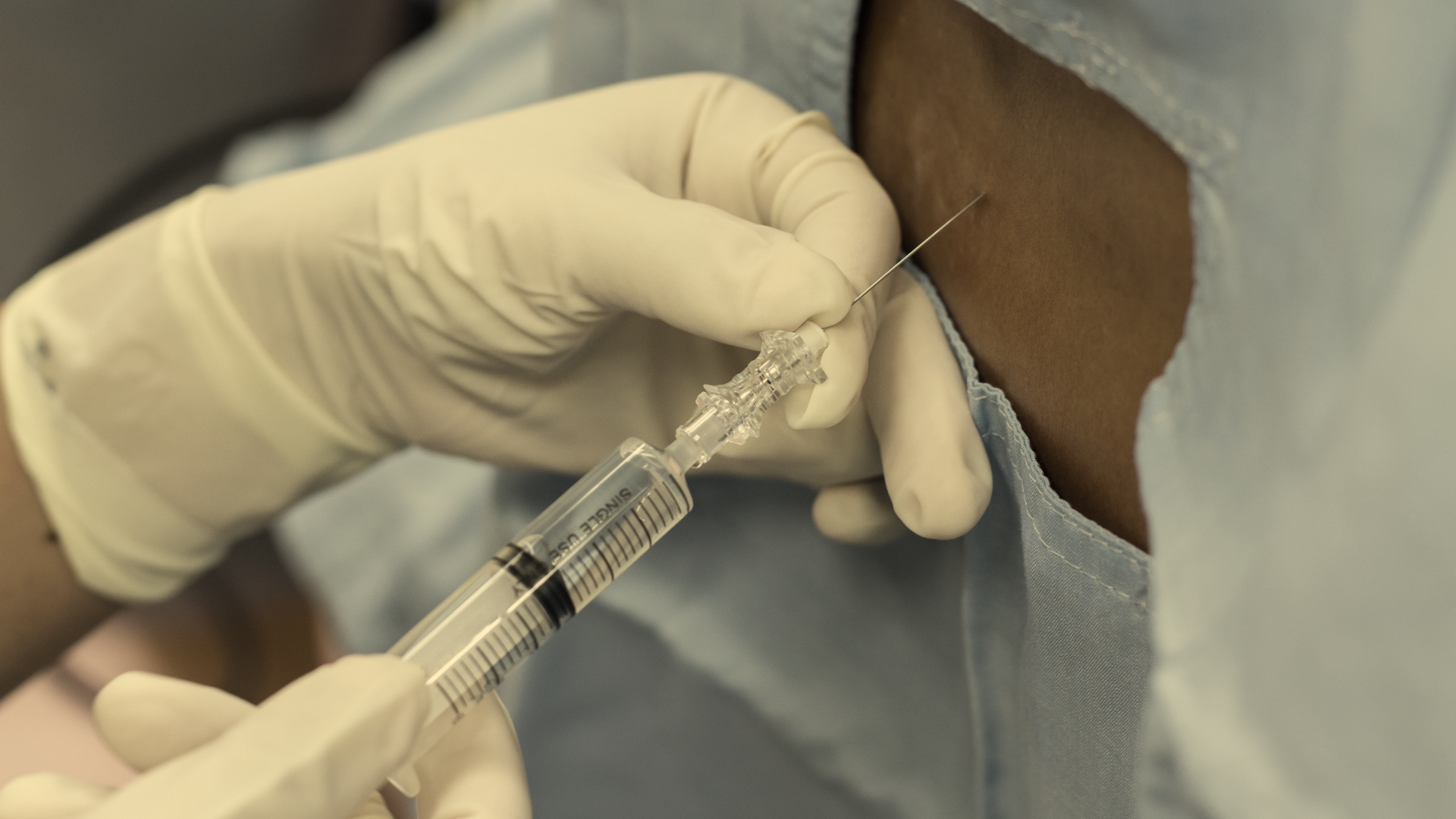
Ishac v Ontario (Health Insurance Plan) – Pectoral Implant Removal Not Covered by OHIP
In Ontario, the line between an insured health service and an elective cosmetic procedure can sometimes seem blurry. The Ontario Health Insurance Plan (OHIP) is

On July 9, 2024, the Supreme Court of British Colombia dismissed this medical malpractice claim arising from an unsuccessful attempt by the defendant anaesthesiologist to administer an obstetric epidural to the plaintiff who was expecting her first child.
An obstetric epidural anesthetic is a procedure that involves inserting a hollow needle that passes through the skin, followed by the subcutaneous layer, which is primarily fatty tissue, followed by ligamentous, through various ligaments before reaching the epidural space. In order to reach the epidural space, the anesthetist must manipulate the needle through the various layers, but more significantly, must also navigate between the bony structures in the spine.
Once the needle is within the epidural space, it is replaced with a catheter through which the anaesthetic is administered and monitored for the duration of the procedure.
In this case, the obstetric epidural needle broke during the attempted insertion and the retained fragment had to be surgically removed.
In the lawsuit, the plaintiff claimed to have significant back pain ever since the failed attempt.
The defendant, Dr. Jing Jang Wang tried without success to insert the needle into the plaintiff’s epidural space. The needle broke, leaving a portion of the needle in the plaintiff’s back. Dr. Wang successfully excised the needle tip shortly after it broke.
The plaintiff’s expert anaesthesiologist, Dr. Darren Ezer, opined that Dr. Wang used excessive force in the epidural attempt and, by so doing, she failed to meet the standard of care. Dr. Ezer also testified that by undertaking the surgical excision herself, Dr. Wang was outside the normal scope of work for an anaesthesiologist.
The defendant’s expert, Dr. Steven Head, opined that the standard of care was, in fact, met by Dr. Wang.
At trial, the plaintiff ultimately conceded that the excision was entirely successful and that nothing turned on the question of who should have done the removal. Rather, the plaintiff claimed her injury was caused by the defendant’s use of excessive force in the manipulations of the needle by way of numerous redirections, resulting in damage to the tissue. The plaintiff argued the needle breaking confirmed her theory of the case.
The plaintiff’s claim was dismissed.
In all of the circumstances, the court determined that the plaintiff had failed to prove that Dr. Wang’s actions fell below the standard of care to be expected of an anaesthesiologist attempting to administer an obstetrical epidural. In the court’s view, there was no evidence that the number of attempts, the number of redirections and the amount of time spent attempting to administer the epidural by Dr. Wang were inconsistent with the standard of care to be expected in all of the circumstances, or that her technique was in any way improper.
The trial judge was furthermore not supportive of a finding of causation in any event noting that a successful epidural requires the needle tip to pass through all of the ligamentous tissue before it reaches the epidural space. It is therefore presumably the case that the needle always pierces the tissue in the patient’s back. There was no evidence that the attempt by Dr. Wang was unusual in any way, other than the outcome regarding the needle fracture.
Therefore, in all of the circumstances, the plaintiff did not proven that her back pain was as a result of tissue damage caused by the redirections and manipulations of the needle.
Decision Date: July 9, 2024
Jurisdiction: Supreme Court of British Columbia

In Ontario, the line between an insured health service and an elective cosmetic procedure can sometimes seem blurry. The Ontario Health Insurance Plan (OHIP) is

On February 11, 2019, Bradley McKee stabbed his father, William McKee, to death. At the time of the stabbing, Bradley was 27 years old; he